Chief Item 64518 Owner's manual
- Category
- Power tools
- Type
- Owner's manual
This manual is also suitable for
Chief Item 64518 is a pneumatic riveting tool designed to help you quickly and easily join metal sheets together using rivets. It features an ergonomic design for comfortable use, a high-power motor for efficient operation, and a durable construction for long-lasting performance. With its adjustable power settings, you can customize the tool to meet the specific requirements of your project, ensuring optimal results every time. The Chief Item 64518 is perfect for a wide range of applications, including automotive, construction, and manufacturing.
Chief Item 64518 is a pneumatic riveting tool designed to help you quickly and easily join metal sheets together using rivets. It features an ergonomic design for comfortable use, a high-power motor for efficient operation, and a durable construction for long-lasting performance. With its adjustable power settings, you can customize the tool to meet the specific requirements of your project, ensuring optimal results every time. The Chief Item 64518 is perfect for a wide range of applications, including automotive, construction, and manufacturing.
















-
 1
1
-
 2
2
-
 3
3
-
 4
4
-
 5
5
-
 6
6
-
 7
7
-
 8
8
-
 9
9
-
 10
10
-
 11
11
-
 12
12
-
 13
13
-
 14
14
-
 15
15
-
 16
16
Chief Item 64518 Owner's manual
- Category
- Power tools
- Type
- Owner's manual
- This manual is also suitable for
Chief Item 64518 is a pneumatic riveting tool designed to help you quickly and easily join metal sheets together using rivets. It features an ergonomic design for comfortable use, a high-power motor for efficient operation, and a durable construction for long-lasting performance. With its adjustable power settings, you can customize the tool to meet the specific requirements of your project, ensuring optimal results every time. The Chief Item 64518 is perfect for a wide range of applications, including automotive, construction, and manufacturing.
Ask a question and I''ll find the answer in the document
Finding information in a document is now easier with AI
Related papers
Other documents
-
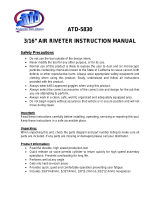 ATD Tools Rowing Machine 5830 User manual
ATD Tools Rowing Machine 5830 User manual
-
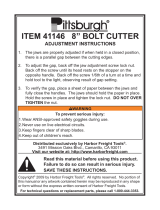 Pittsburgh 41146 User manual
Pittsburgh 41146 User manual
-
Central Pneumatic Item 62685-UPC 792363626859 Owner's manual
-
Central Pneumatic Item 62685-UPC 193175325129 Owner's manual
-
Harbor Freight Tools 18 in. Bolt Cutters User manual
-
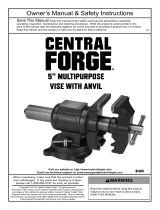 Central Forge Item 61163-UPC 792363611633 Owner's manual
Central Forge Item 61163-UPC 792363611633 Owner's manual
-
Central Pneumatic Item 61482 Owner's manual
-
Central Pneumatic Item 62685 Owner's manual
-
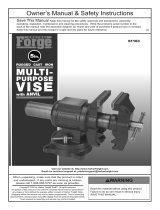 Central Forge 61163 5 in. Multi-Purpose Vise Owner's manual
Central Forge 61163 5 in. Multi-Purpose Vise Owner's manual
-
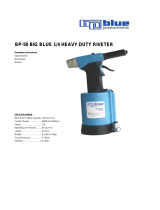 Blue Pneumatic BP-50 Operating instructions
Blue Pneumatic BP-50 Operating instructions




















